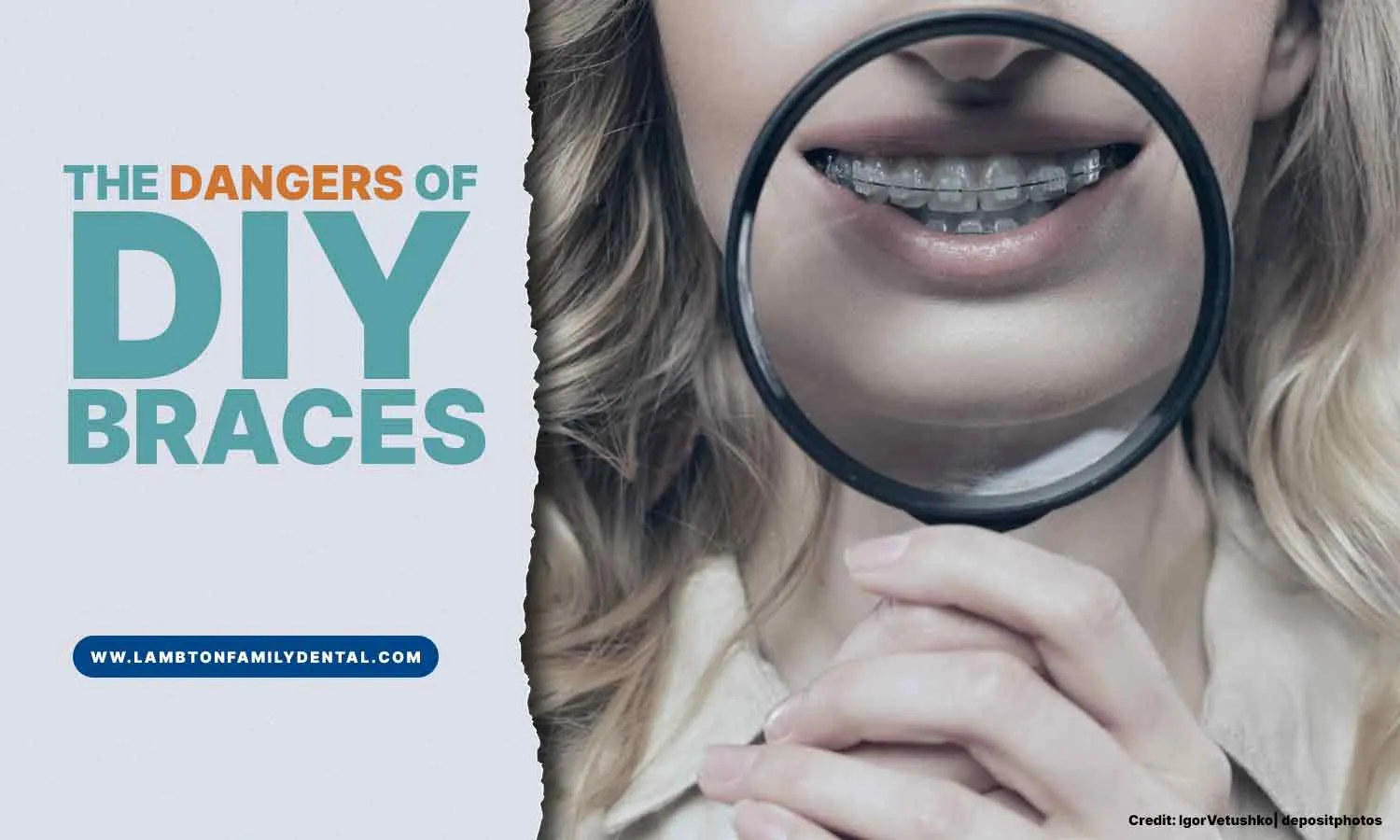The Impact of Braces on Teeth Whitening
Braces, while essential for achieving a perfect smile, present unique challenges when it comes to teeth whitening. The presence of brackets and wires creates obstacles, making it more difficult to effectively whiten the entire surface of the teeth. This is because the whitening agents may not reach all areas evenly, potentially leading to uneven results. Furthermore, the extended contact between teeth and braces can increase the risk of staining and discoloration. Understanding these impacts is the first step in approaching DIY teeth whitening with braces successfully. It is crucial to be aware of these challenges to set realistic expectations and choose the most appropriate methods.
Challenges of Whitening Teeth with Braces
Several challenges arise when attempting to whiten teeth while wearing braces. One significant issue is the difficulty in ensuring consistent and even application of whitening agents. Brackets can act as barriers, preventing the whitening product from reaching the enamel beneath them. This can result in the teeth whitening unevenly, with the areas covered by brackets appearing darker than the exposed enamel. Another challenge is the increased risk of trapped food particles and plaque buildup around the brackets, which can lead to staining. Careful attention to oral hygiene becomes even more critical during this period to mitigate these risks. Additionally, some whitening methods may not be suitable for use with braces, potentially damaging the brackets or hindering the orthodontic process.
Understanding Staining and Discoloration
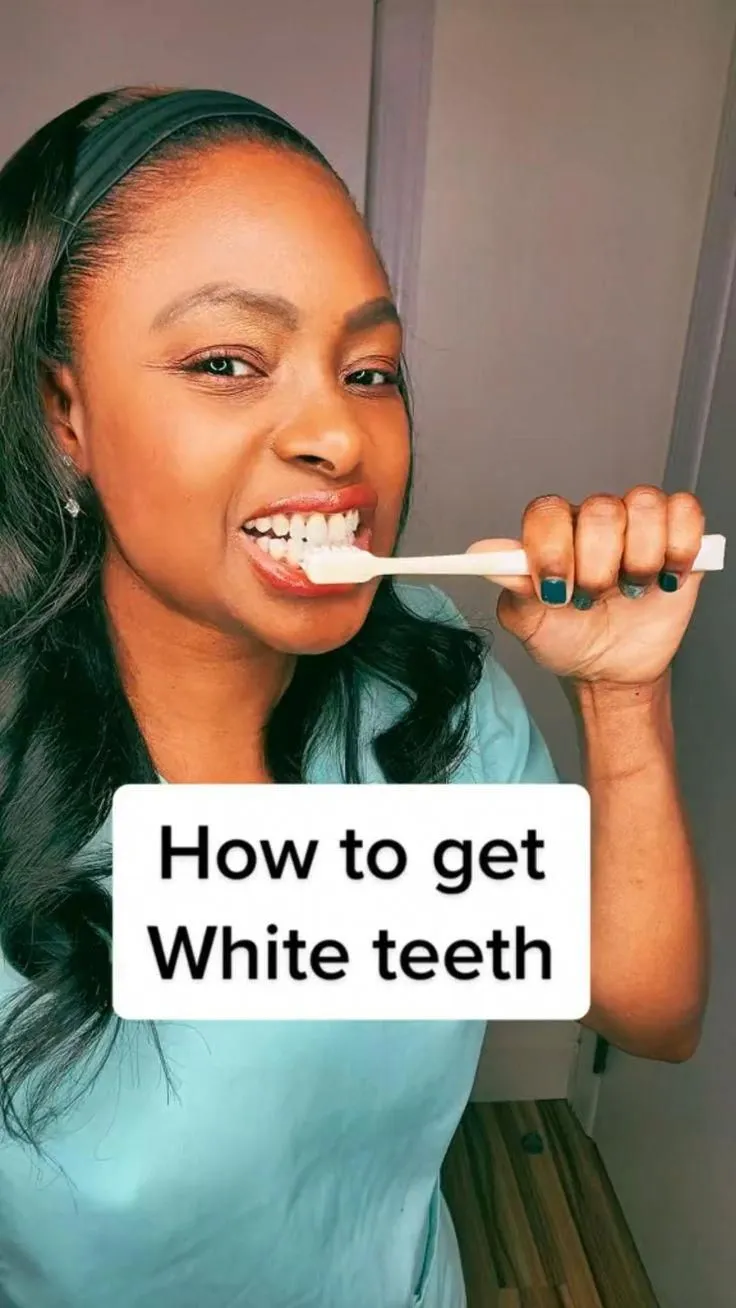
Teeth staining and discoloration are common concerns for individuals with braces. Staining can result from various factors, including the consumption of stain-causing foods and beverages like coffee, tea, red wine, and berries. Plaque and tartar buildup around the brackets can also contribute to discoloration. Furthermore, the adhesive used to attach the brackets can sometimes discolor over time. It is essential to understand the different types of staining and their causes to implement effective prevention and treatment strategies. Regular dental checkups and cleanings play a crucial role in removing surface stains and maintaining a bright smile while wearing braces. Choosing the right products and methods can help you address and reduce staining effectively.
Top 5 Facts About DIY Teeth Whitening with Braces
Fact 1 The Importance of Professional Guidance
Before embarking on any DIY teeth whitening regimen with braces, it is essential to consult with your orthodontist or dentist. They can assess your specific situation, evaluate the condition of your teeth and braces, and provide personalized recommendations. Professional guidance ensures that the chosen methods are safe, effective, and compatible with your orthodontic treatment. Your dentist can also identify any underlying issues, such as cavities or gum disease, that need to be addressed before whitening. Seeking professional advice helps you avoid potential complications and achieve the best possible results. They can offer advice on the best products and techniques for your situation, maximizing your chances of success.
Fact 2 Safe Whitening Agents
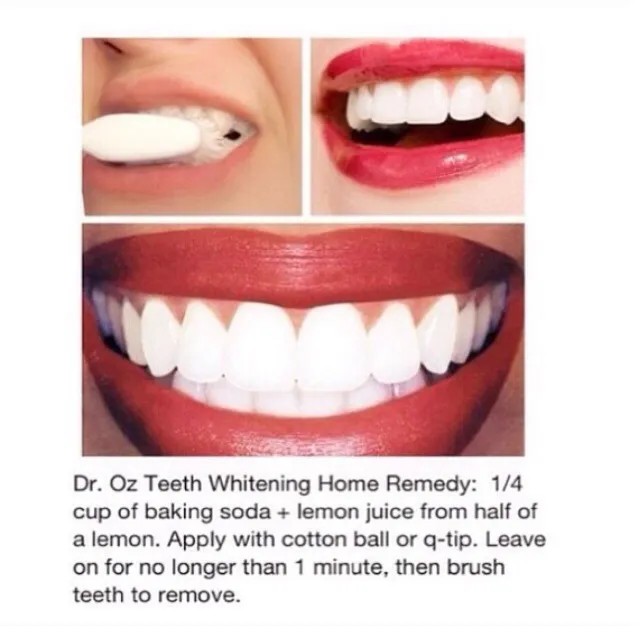
When it comes to DIY teeth whitening with braces, choosing safe and effective whitening agents is paramount. Look for products containing a safe concentration of hydrogen peroxide or carbamide peroxide, the active ingredients in most whitening treatments. Avoid products with high concentrations of these agents, as they can increase the risk of tooth sensitivity and gum irritation, especially with braces. It is also crucial to choose products specifically designed for use with braces or those recommended by your dentist. Always follow the product instructions carefully and be mindful of any potential side effects. Consulting with your orthodontist can guide you in selecting the safest and most appropriate whitening agents for your situation.
Fact 3 The Role of Oral Hygiene
Maintaining excellent oral hygiene is critical when undergoing teeth whitening with braces. Brushing your teeth at least twice a day with a fluoride toothpaste is essential. Flossing daily, using floss threaders to navigate around the brackets and wires, helps remove food particles and plaque. Consider using an antimicrobial mouthwash to further reduce bacteria and prevent staining. Regular dental cleanings are also vital to remove any accumulated plaque and tartar, ensuring that your teeth are clean and ready for whitening. Good oral hygiene not only enhances the effectiveness of whitening treatments but also helps maintain the health of your teeth and gums during orthodontic treatment, contributing to a brighter and healthier smile overall.
Fact 4 Avoiding Food and Drinks That Stain
During teeth whitening with braces, it is important to be mindful of the foods and drinks you consume. Certain substances can stain your teeth, potentially reversing the effects of whitening treatments. Minimize or avoid the consumption of coffee, tea, red wine, dark-colored sodas, and heavily pigmented fruits and vegetables like berries. When you do consume these items, drink plenty of water afterward to rinse your mouth and reduce staining. Brushing your teeth soon after consuming stain-causing foods and drinks can also help. Making dietary adjustments during the whitening process can significantly improve your results and help you achieve a brighter, more confident smile. Being proactive about your diet will contribute to a more successful and satisfying teeth whitening experience.
Fact 5 Realistic Expectations and Patience
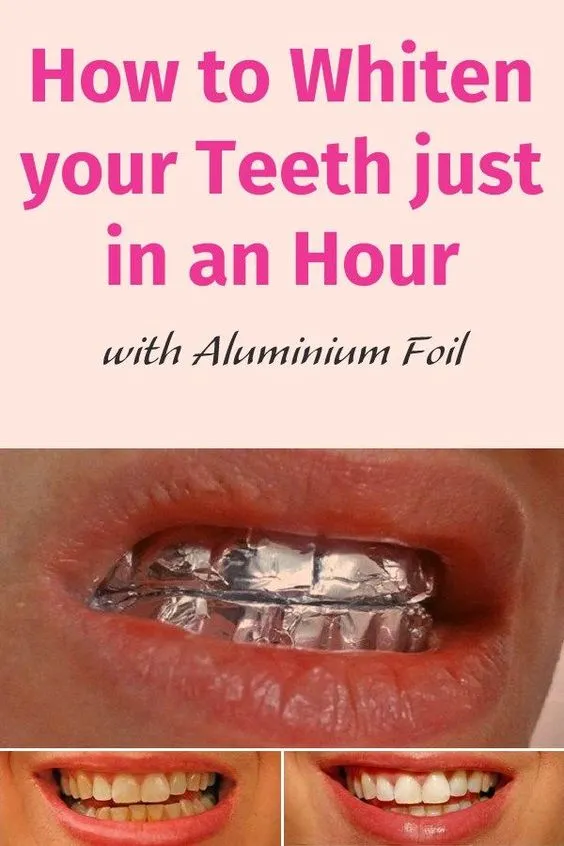
It is important to have realistic expectations and be patient when pursuing DIY teeth whitening with braces. Results may not be immediate, and it may take several weeks or even months to achieve your desired level of brightness. The presence of braces can also impact the whitening process, potentially leading to uneven results. Be patient with the process and don’t get discouraged if you don’t see dramatic changes immediately. Follow the recommended treatment plan consistently, and communicate any concerns or questions with your orthodontist or dentist. Remember that maintaining a bright, healthy smile with braces is an ongoing process that requires diligence and care. Celebrate your progress and focus on the long-term benefits of a beautiful, confident smile.
DIY Teeth Whitening Methods for Braces Wearers
Method 1 Whitening Toothpaste
Whitening toothpaste can be a gentle and accessible option for enhancing the brightness of your teeth while wearing braces. These toothpastes typically contain mild abrasive agents that help remove surface stains. However, it’s crucial to choose a whitening toothpaste suitable for braces, as some may contain ingredients that can damage the brackets or irritate the gums. Look for products with a low abrasion index and that are specifically designed for orthodontic care. While whitening toothpastes alone may not provide dramatic results, they can be a helpful part of your overall oral hygiene routine and contribute to a gradual improvement in tooth color. Always consult your dentist or orthodontist to ensure the toothpaste is suitable for your specific situation.
Method 2 Over-the-Counter Whitening Strips
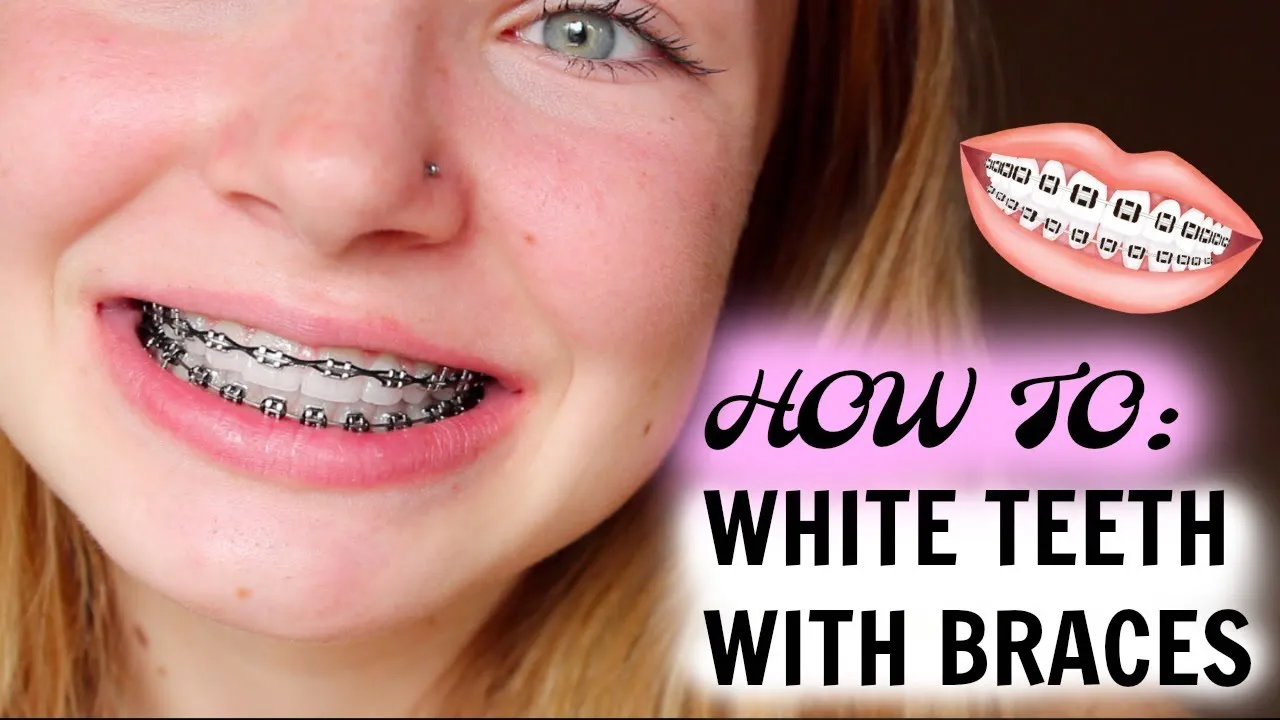
Over-the-counter whitening strips are another popular method for DIY teeth whitening. However, using them with braces requires careful consideration. The strips may not conform perfectly to the teeth due to the presence of brackets, which can lead to uneven whitening. It’s also important to be extra cautious with the application to ensure that the whitening agent does not come into contact with the brackets, as this could potentially weaken or damage them. Some orthodontists recommend trimming the strips to fit around the brackets or using them only on the visible portions of the teeth. Always follow the manufacturer’s instructions, and consult with your dentist or orthodontist before using whitening strips with braces to ensure safe and effective results. They can provide guidance on the best practices for application and usage, allowing you to achieve a brighter smile while protecting your braces.
Method 3 Homemade Whitening Remedies
While some DIY teeth whitening methods can be effective, homemade remedies should be approached with caution, especially with braces. Some popular homemade remedies, like baking soda and lemon juice, may be too abrasive and could potentially damage the enamel or irritate the gums. The acidity of lemon juice can also erode tooth enamel. It’s essential to be aware of the potential risks associated with homemade whitening treatments and to consult with your dentist before trying any of these methods. Your dentist can assess the safety and suitability of these remedies for your specific dental condition and provide guidance on safe and effective whitening options. Remember, protecting the health of your teeth and gums should always be the top priority.
Safety Precautions and Considerations
Consulting Your Orthodontist
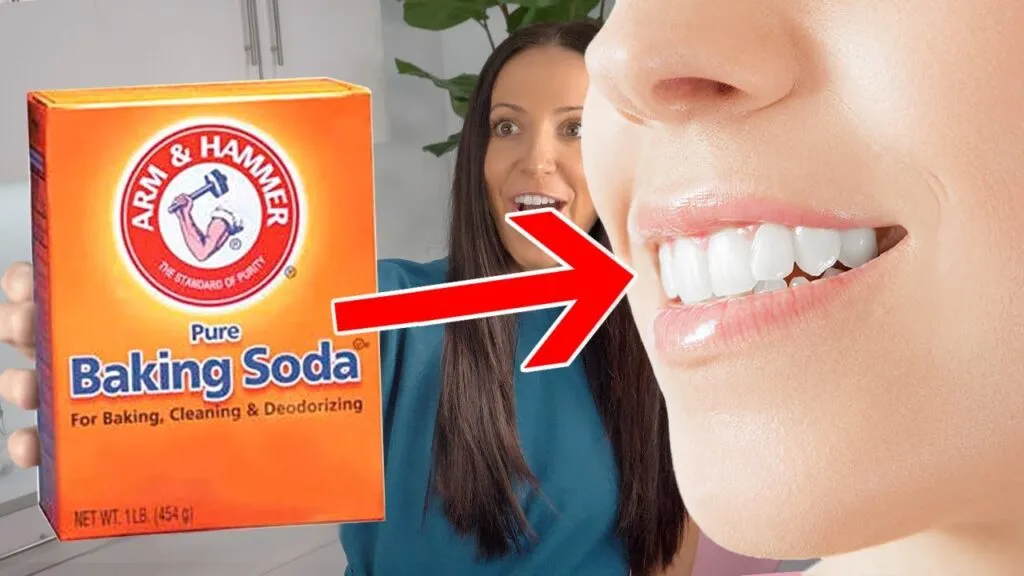
Before initiating any DIY teeth whitening treatment with braces, consulting with your orthodontist is essential. Your orthodontist has in-depth knowledge of your specific orthodontic treatment plan and can offer personalized advice based on your individual needs. They can assess whether your braces are compatible with the chosen whitening method and provide recommendations on safe products and techniques. Seeking their guidance helps you avoid potential complications and ensures that your whitening efforts do not interfere with your orthodontic progress. They can also monitor your progress and make adjustments as needed, ensuring you achieve the best possible results. Your orthodontist is a crucial partner in your journey to a brighter, healthier smile.
Potential Risks of DIY Whitening
DIY teeth whitening, especially when not done under professional supervision, carries certain risks. These risks may be amplified when wearing braces. One potential risk is increased tooth sensitivity, which can be uncomfortable and make it difficult to enjoy hot or cold foods and drinks. Gum irritation is another possible side effect, which may result in redness, swelling, or soreness. In some cases, excessive or improper use of whitening products can lead to damage to the enamel, making your teeth more vulnerable to decay. Additionally, uneven whitening is a common outcome, especially with braces, as the brackets can prevent the whitening agent from reaching all areas of the teeth. It’s crucial to be aware of these potential risks and to take precautions to minimize them, such as following the manufacturer’s instructions carefully and consulting with your dentist or orthodontist.
Maintaining Oral Health During Whitening
Maintaining optimal oral health is paramount during teeth whitening, especially when you have braces. Continue your regular brushing and flossing routine, paying close attention to cleaning around the brackets and wires. Consider using an interdental brush or floss threaders to ensure thorough cleaning. Schedule regular dental checkups and cleanings to remove any plaque or tartar buildup, which can hinder the effectiveness of your whitening efforts. Be vigilant about your diet, avoiding or minimizing stain-causing foods and drinks. By prioritizing oral health, you not only improve the outcome of your teeth whitening but also support overall dental well-being, resulting in a healthier, brighter smile that you can be proud of throughout and after your orthodontic treatment.
Achieving and Maintaining a Bright Smile
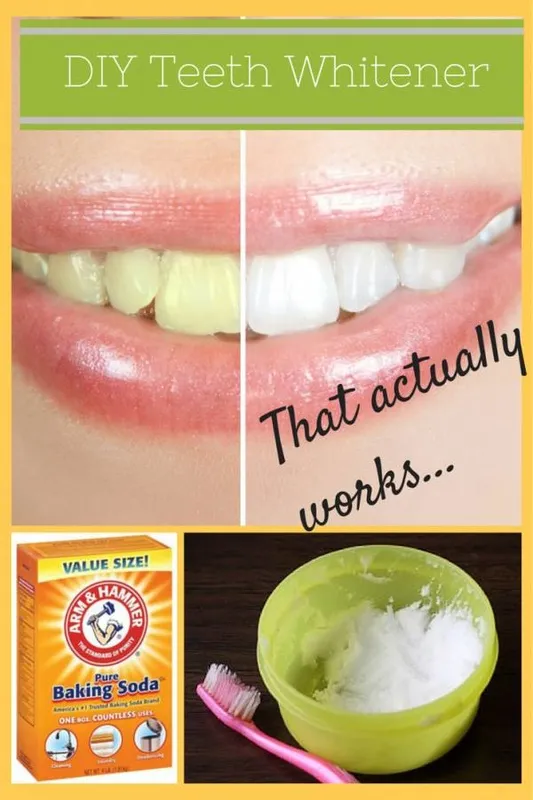
Achieving and maintaining a bright smile with braces requires a combination of professional guidance, diligent oral hygiene, and patience. Start by consulting with your orthodontist or dentist to create a tailored whitening plan. Focus on thorough brushing, flossing, and the use of appropriate oral care products. Be mindful of your diet, avoiding stain-causing foods and beverages. Consider professional teeth cleaning and whitening treatments as recommended by your dentist. Remember that maintaining a bright smile is an ongoing effort. Regular dental checkups, a consistent oral hygiene routine, and a healthy lifestyle contribute to lasting results. By embracing these practices, you can achieve a radiant smile that boosts your confidence and enhances your overall appearance. Embrace your journey and enjoy the transformation.
